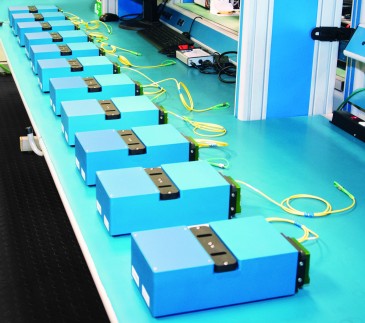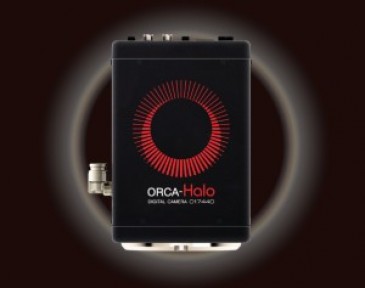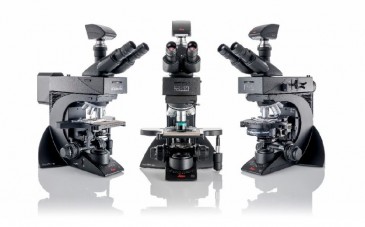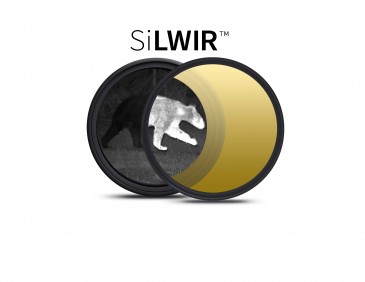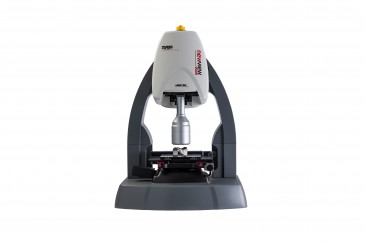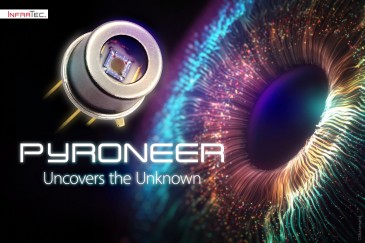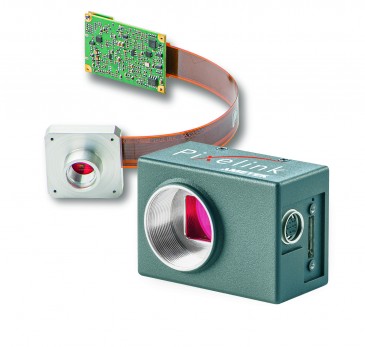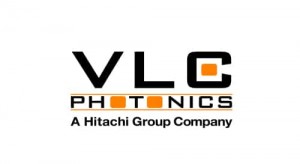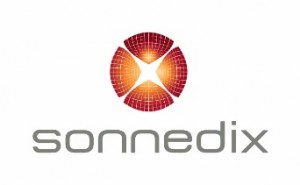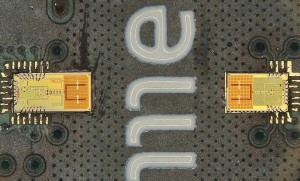
Researchers at the Massachusetts Institute of Technology (MIT) in the US have demonstrated two high-power thulium lasers on a silicon photonics platform.
The scientists say that while silicon-based high-power lasers have been demonstrated at 1.55 μm wavelength, to the best of their knowledge, high-power, high-efficiency and monolithic light sources the 2 μm region have been minimally investigated. In their Optics Letters paper “High-power thulium lasers on a silicon photonics platform,” the scientists report on high-power CMOS-compatible thulium-doped distributed feedback and distributed Bragg reflector lasers with single-mode output powers up to 267 and 387 mW, and slope efficiencies of 14% and 23%, respectively. They write that more than 70 dB side-mode suppression ratio is achieved for both lasers and conclude that this work extends the applicability of silicon photonic microsystems in the 2 μm region.
Two high-power thulium lasers
“These two lasers make use of thulium-doped Al2O3 glass to provide gain and silicon nitride gratings to provide feedback,” says visiting student Nanxi Li from Professor Michael Watts’ Photonic Microsystems Group at MIT about the high-power CMOS-compatible thulium-doped distributed feedback and distributed Bragg reflector lasers.
Key findings
This research work led the scientist to develop a method for producing significant thulium lasing (>70 dB side-mode suppression ratio) on a platform compatible with complementary metal-oxide semiconductors (CMOS).
In a potentially significant advancement in the field of silicon photonics, the MIT team confirms that this research can potentially extend the applicability of silicon photonic microsystems in the 2 μm region. “CMOS-compatible integrated laser sources around 2 µm will enable highly compact devices that can perform the task of current complex bulky laboratory setups,” Li adds. “Laser sources in the 2 µm wavelength region have many applications, such as LIDAR, spectroscopy, optical waveform generation and synthesis, material processing, communication and trace-gas detection systems,” he says, adding that the high water absorption at 2 µm also makes such lasers good candidates for medical applications. Furthermore, the paper states that 2 µm wavelength lasers in pulsed mode could be used as pumps for nonlinear processes in silicon, such as mid-IR optical parametric amplification (OPA).
Li verifies that high-power, single-mode lasing using thulium-doped Al2O3 glass as gain represents a laser technology breakthrough that had not been achieved before. A high-power 2-µm laser source on a CMOS-compatible platform had not been available, and the MIT team may have overcome this barrier.
Promises for the future of silicon photonics
“This work further shows that the deposition of rare-earth-doped Al2O3 glass is an effective way to integrate laser sources on silicon photonics platform,” says Li, noting once more that these two lasers will primarily find application in communication, spectroscopy, trace-gas detection in and medical applications.
To Li, the most exciting part of this study is, “The precise control of the grating period at the nanometer scale during fabrication, which enables the wide lasing wavelength range within the thulium gain bandwidth.”
Next step for the team
Going forward, Li and his colleagues will aim to demonstrate different lasing wavelengths on this platform by using other rare earth elements.
Written by Sandra Henderson, Research Editor, Novus Light Technologies Today





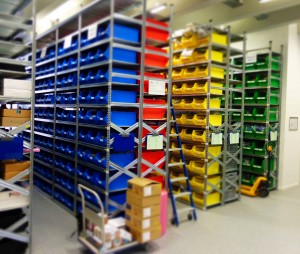


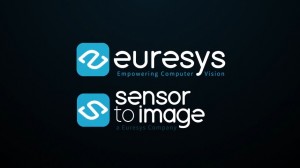
















 Back to Features
Back to Features

